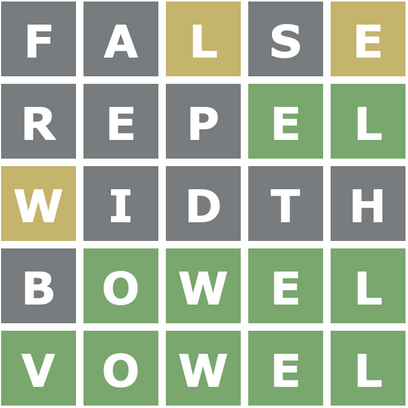The arXiv Rolls Over
by Brian Hayes
Published 8 December 2006
The mathematics section of the arXiv archived 989 preprints in October. Why is that fact worth noting? Because arXiv papers are identified by numbers of the format YYMMNNN, with two digits for the year, two digits for the month, and a three-digit sequence number. Ten more papers and all the world’s mathematicians would have been put on involuntary furlough, forbidden to sum another series or solve another equation until month’s end. It would have been rather like the state of New Jersey shutting down when the legislature fails to pass a budget bill. (I realize there are people who would find neither event regrettable.)
The arXiv is now introducing a new numbering scheme, with room for 9,999 papers per month. “If current growth rates continue,” says the announcment, “we expect to change the sequence number to 5-digits NNNNN in 10 to 15 years.” The new format continues to allocate two digits to the year. The arXivists seem to have no worries about disambiguating centuries. They weren’t panicked by Y2K, and apparently they’re not afraid of 9108 either, when the arXiv will have its own centenary.
Trivia note: Curiosity moved me to look up the very first paper issue by the arXiv (although the site was not then arxiv.org but rather xxx.lanl.gov). Paper 9108001 is “Exact Black String Solutions in Three Dimensions,” by James H. Horne and Gary T. Horowitz; the abstract begins, “A family of exact conformal field theories is constructed which describe charged black strings in three dimensions.” I can all too easily imagine that paper 9108.00001 in the new series will be on the same topic.
Publication history
First publication: 8 December 2006
Converted to Eleventy framework: 22 April 2025


